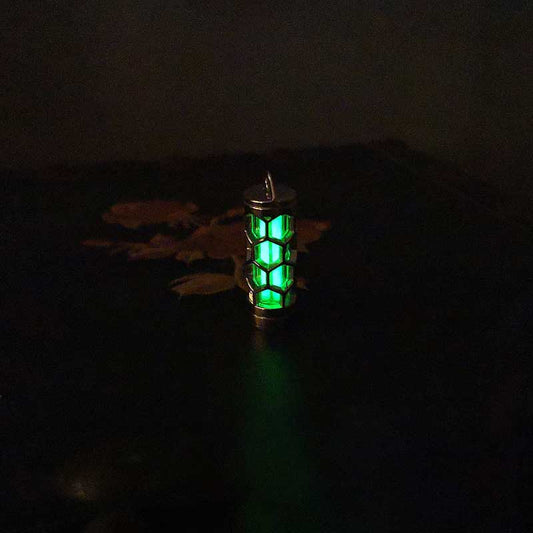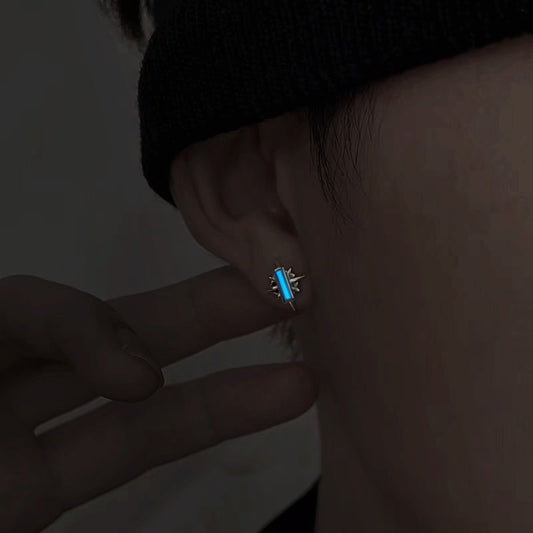The Subtle Art of Placing Rings A Finger-by-Finger Guide
The Subtle Art of Placing Rings A Finger-by-Finger Guide
My grandmother slid an old ring box across the table, nestled among porcelain figurines and lace doilies. Inside lay a dazzling assortment of rings, some with stories etched into their metal. "Every ring has its place," she said with a wink. She wasn't just talking about jewelry. In fact, the tradition of where to wear rings is as layered as the rings themselves.
In the Western world, the concept of ring placement is seen as both an aesthetic choice and a symbolic gesture. The fourth finger of the left hand, for instance, carries weighty significance. Traditionally, this is the "ring finger," associated with both engagement and wedding bands. The ancients believed a vein ran directly from this finger to the heart, dubbing it the "vena amoris" or vein of love. Quite romantic, isn't it? These days, it's both a declaration of commitment and a habit many of us follow almost instinctively.
Yet, I recall my older cousin flipping the whole idea on its head. In college, he wore a chunky silver ring on his right index finger. His reasoning? "It starts conversations," he claimed, "and it keeps me from cracking my knuckles." Odd, perhaps, but his choice speaks to the notion that ring placement can also be a form of personal expression. It says something about who you are—or who you want to be.
The middle finger, home to various class rings and family heirlooms, arguably gets the least attention. Why the cold shoulder, you ask? Maybe it has something to do with how overt it feels. A ring here takes center stage, needing to balance its presence without overwhelming the wearer. It demands attention, but in a world where subtlety often reigns, perhaps being too obvious is its own kind of faux pas.
Pinky rings, meanwhile, have seen a cultural shift, from mafia boss associations to declarations of style. Once a symbol of status or signet family seals, today they offer a nod to tradition even as they embrace modern fashion sensibilities. My uncle wore one with his initials engraved, a daily reminder, he said, of where he came from and who he aspired to be—which was funny, considering he always forgot his wallet at dinner.
And let's not forget the index finger—a bold choice, often linked to authority and leadership. Wearing a ring here can convey confidence. Flashy yet sophisticated, it may harken back to ancient Rome when citizens wore rings to signify rank and allegiance. These days, it's the finger for when you want to make a statement, no explanations needed.
A ring's material, too, whispers its own story. Gold, silver, platinum, or even wood tells of tradition, value, and personal taste. Each metal holds a place in our society, an unwritten code that dictates how they're perceived. I once inherited a beaten-up copper ring—a strange inheritance, but surreal in its warmth and weight on my finger, as if history itself were tagging along for the ride.
So, whether you're slipping on a simple band or flaunting a family heirloom, remember that each finger has its say, each ring its resonance. Perhaps ring placement isn't just an aesthetic or societal decision; it's a quiet dialogue between tradition and individualism, past and present. Next time you slide a ring onto your finger, think about the tale it tells. You never know, it just might surprise you.































